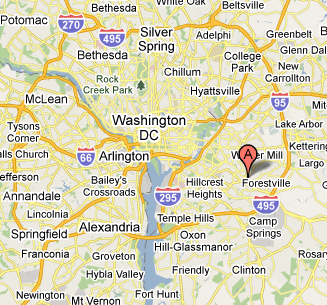Austin’s population is growing, but its black population is actually shrinking. Orisons are sounded to the usual liberal shibboleths (“disparities in public education, a distrust of police”) before the piece starts to touch on the real issues:
“Barriers to accessing jobs in the city’s booming technology and construction industries.” Nice job conflating two very dissimilar industries into one sentence:
“The report also suggested that the city’s history of racial segregation followed by gentrification of Austin’s historically black neighborhoods contributed to the decline.”
That word “gentrification” needs to be bolded in 24-point type.
“East Austin’s proximity to downtown has driven up property values and taxes in the area, prompting some longtime residents to leave.”
And how.
For years East Austin (and by “East Austin,” generally people mean “East of 35, north of the river, west of Ed Bluestein, and south of 290” (though the tiny subdivision just west of the old airport generally got excluded for demographic reasons), set as it was on the far side of “Apartheid 35,” was overwhelmingly poor, black and Hispanic. Apartment complexes or condos catering to students might have made a few blocks worth of inroads near campus, but that was about it. But as the city grew by leaps and bound, and every boom brought more skyscrapers downtown, canny developers and real estate agents couldn’t keep from eying all that land a literal stone’s throw across I-35, and gentrification was on.
Now if you walk down, say, East 11th street, you’ll see far more white hipsters than black or Hispanic residents until you’re a good mile or more away from the freeway.
Here’s historical data for all Austin housing. Notice the relentless upward trend for houses. Though I haven’t been able to find historical trending data for just East Central Austin, I believe the trend is far more pronounced there, since prices there used to be far below that of the suburbs and are now far above them.
And as for rising taxes and property values, don’t forget this epic bit of cluelessness:
“I’m at the breaking point,” said Gretchen Gardner, an Austin artist who bought a 1930s bungalow in the Bouldin neighborhood just south of downtown in 1991 and has watched her property tax bill soar to $8,500 this year.
“It’s not because I don’t like paying taxes,” said Gardner, who attended both meetings. “I have voted for every park, every library, all the school improvements, for light rail, for anything that will make this city better. But now I can’t afford to live here anymore.
Yes, funny how voting for every liberal boondoggle to come down the turnpike raises one’s tax rates. But higher tax rates that may be a mild inconvenience for moneyed white liberals can be intolerable for poor black residents, who can find themselves priced and taxed out of their longtime neighborhoods.
Those are the obvious, prosaic reasons black residents might be leaving Austin. There’s no reason to haul out the usual cast of Democratic politicians and critcal race theory grievance mongers to explain it…

